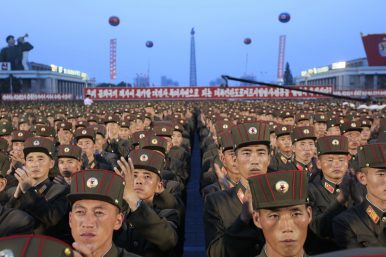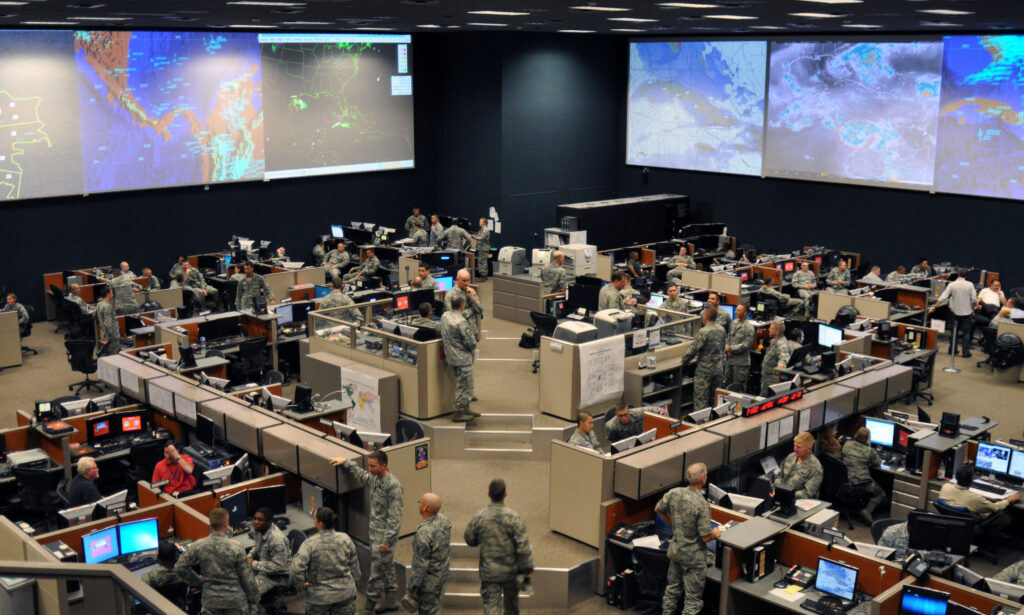Recently Anthony H. Cordesman, Arleigh A. Burke Chair in Strategy at Center for Stratrgic and International Studies has come out with, as usual, a very well researched paper on Islam and the Patterns in Terrorism and Violent Extremism : Putting the Links Between Islam and Violent Extremism in Context
It is far too easy for analysts who are not Muslim to focus on the small part of the extremist threat that Muslim extremists pose to non-Muslims in the West and/or demonize one of the world's great religions, and to drift into some form of Islamophobia—blaming a faith for patterns of violence that are driven by a tiny fraction of the world's Muslims and by many other factors like population, failed governance, and weak economic development.It is equally easy to avoid analyzing the links between extremist violence and Islam in order to be politically correct or to avoid provoking Muslims and the governments of largely Muslim states. The end result is to ignore the reality that most extremist and terrorist violence does occur in largely Muslim states, although it overwhelmingly consists of attacks by Muslim extremists on fellow Muslims, and not some clash between civilizations.
If one examines a wide range of sources, however, a number of key patterns emerge that make five things very clear:
The overwhelming majority of extremist and violent terrorist incidents do occur in largely Muslim states.
Most of these incidents are perpetrated by a small minority of Muslims seeking power primarily in their own areas of operation and whose primary victims are fellow Muslims.
Almost all of the governments of the countries involved are actively fighting extremism and terrorism, and most are allies of Western states that work closely with the security, military, and counterterrorism forces of non-Muslim states to fight extremism and terrorism.
Vast majority of Muslims oppose violent extremism and terrorism.
Religion is only one of many factors that lead to instability and violence in largely Muslim states. It is a critical ideological force in shaping the current patterns of extremism, but it does not represent the core values of Islam and many other far more material factors help lead to the rise of extremism.
Deduction of Cordesman is : The
trends in the current "wars" on terrorism, the degree to which partnerships between Muslim and non-Muslim
states form the core of the effort to defeat extremism, and the extent to which the rise of extremism ensures that it
may take several decades of active security partnerships to end the threat.
Global Patterns of Terrorism Are Dominated by Extremism in Largely Muslim States.
The patterns of extremist violence are dominated by violence in largely Muslim states and by extremist movements that claim to represent Islamic values.Only a relatively small portion of the incidents can be attributed to ISIS.Defeating today's key perpetrators is critical, but it in no way will defeat the longer term threat.
There is No “Clash of Civilizations.” The Vast Majority of Muslims Consistently Reject Extremism and Terrorism. the vast majority of Muslims do not support extremist violence, and that their primary concerns are jobs, the quality of governance, security, and the same practical values shared by non-Muslims.
The Battle of Perceptions, and Popular Motives in the MENA Region and Islamic World. Only 17% of Muslims saw religion as the key factor in recruiting fighters for ISIS, and that interpretations of Islam ranked seventh in a poll examining Arab views of way to defeat extremism. 77% of Arabs polled still felt that the Arab peoples were a single nation, rather than focused on the actions of their government and their own nation situation.
Casualties in the U.S. and Europe Are All Too Real. But, it is Muslims that Are the Overwhelming Victims of Extremist Attacks. No one can condone or ignore the numbers killed in the U.S. and Europe, but they are relatively tiny in actuarial terms. For example, there were 658 deaths in Europe and all of the Americas between January 1, 2015 and July 16, 2016. There were 28,031—or 43 times more deaths—in other regions—most of them consisting of largely Islamic countries. Almost all of the human impact of extremist attacks is Muslims killing or injuring fellow Muslims.
Restrictions on Religion Attempt to Limit Extremism in Much of the Islamic World. Most governments in largely Muslim states are actively moving to suppress religious extremism in their country.
Extremism Poses a Critical Threat to the Ability of Largely Islamic States to Meet the Needs of Their Rapidly Growing Populations. Many Muslims feel their governments are corrupt and that secular options fail to protect them and provide adequate future opportunities.Population pressure and corruption are critical factors, as are ethnic and sectarian divisions and hyperurbanization. Youth lack jobs and opportunity in many states, and per capita incomes are sometimes critically low.
Islamic States Are Key Strategic Partners in the Fight Against Extremism, and the Rising Global Impact of Islam Makes These Partnerships Steadily More Critical. Almost all of the states with large Muslim majorities have governments that already cooperate with the U.S. in the struggle against extremism. The need for lasting strategic partnerships with Muslim states is reinforced by key demographic trends on a global basis. The total number of Muslims will increase from 1.6 billion in 2010 to 2.76 billion in 2015—an increase of 73% or 1.16 billion people.
ISIS, Al Qaida and the Taliban Are Key Current Threats. But are Only One Small Part of a Far Broader Problem that Will Endure for Decades. Al Qaida, ISIS, the Taliban, and the other main targets of today's anti-terrorism and anti-extremist efforts are only a comparatively limited part of even current threats.
Even Total Victory in Syria and Iraq Could Only Have a Limited Impact: Most IISS “Affiliates” Outside Iraq and Syria Are Not Closely Linked to the ISIS “Caliphates” and Will Survive ISIS Defeats in Iraq and Syria.
he Current Fighting in Syria and Iraq is Unlikely to Bring Any Lasting Security and Stability. This is Even More True of the Fighting in Afghanistan and Pakistan.
Terrorism and Extremism in Yemen Have Become a Strategic “Black Hole”
As usual there are lot of statistics and graphics in this paper. Some are appended below.




/arc-anglerfish-arc2-prod-mco.s3.amazonaws.com/public/AADY6BCTGJDXLKDUDBLVSRTT6I.jpg)




/arc-anglerfish-arc2-prod-mco.s3.amazonaws.com/public/M3FLYYMQTNEZ3LWNRYMBF5TQZQ.jpg)
/arc-anglerfish-arc2-prod-mco.s3.amazonaws.com/public/ECAS2QR2INBCDFNIHM4T6ROFZI.jpg)
/arc-anglerfish-arc2-prod-mco.s3.amazonaws.com/public/DZCSWLBB4VBNREZGTZJPFTT5PE.jpg)
/arc-anglerfish-arc2-prod-mco.s3.amazonaws.com/public/WFHNCKWO5RHQXE24UIRB4Q7JKU.net636053161838314378)
/arc-anglerfish-arc2-prod-mco.s3.amazonaws.com/public/5PX6DY4ZF5CH7LSXFHV433UCGU.jpg)
